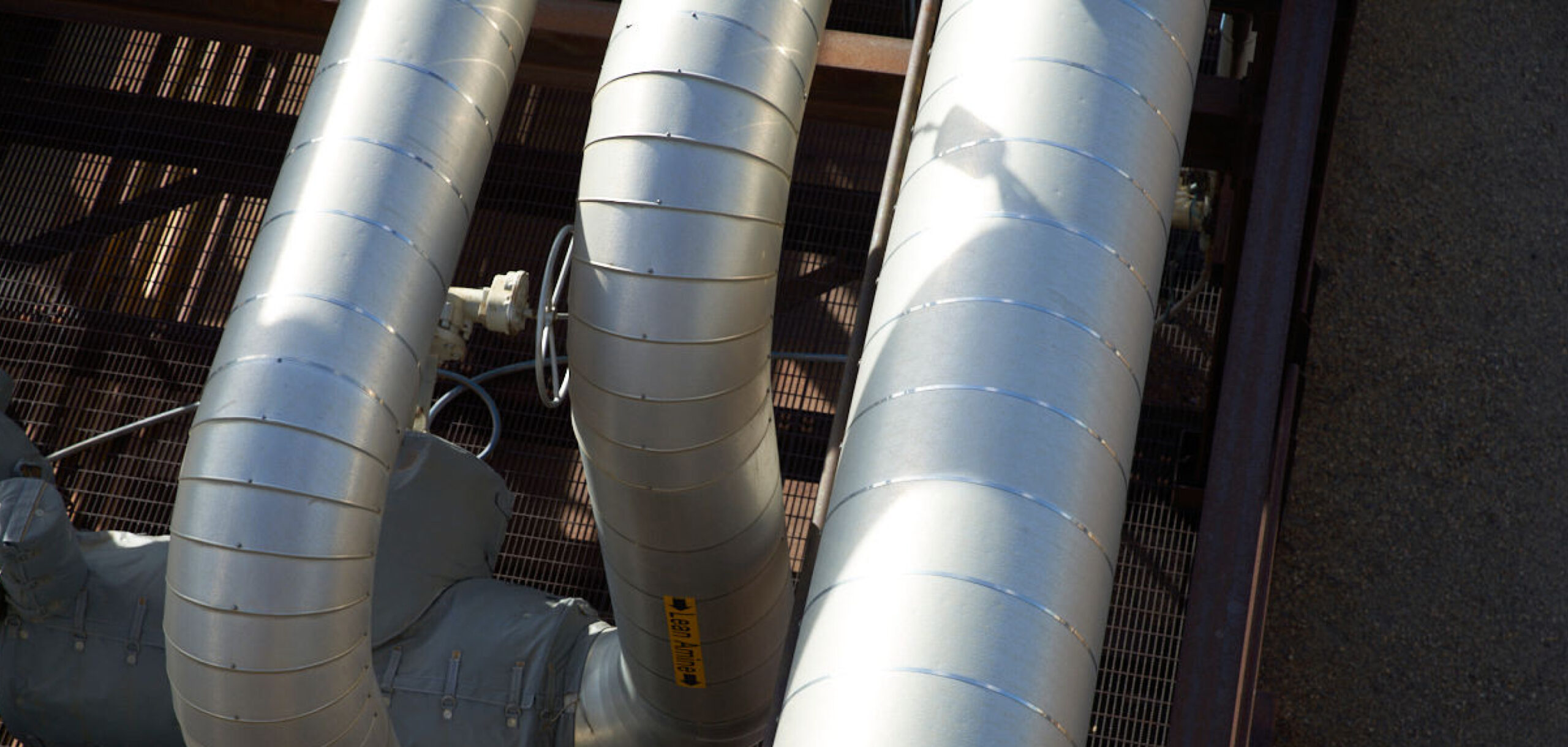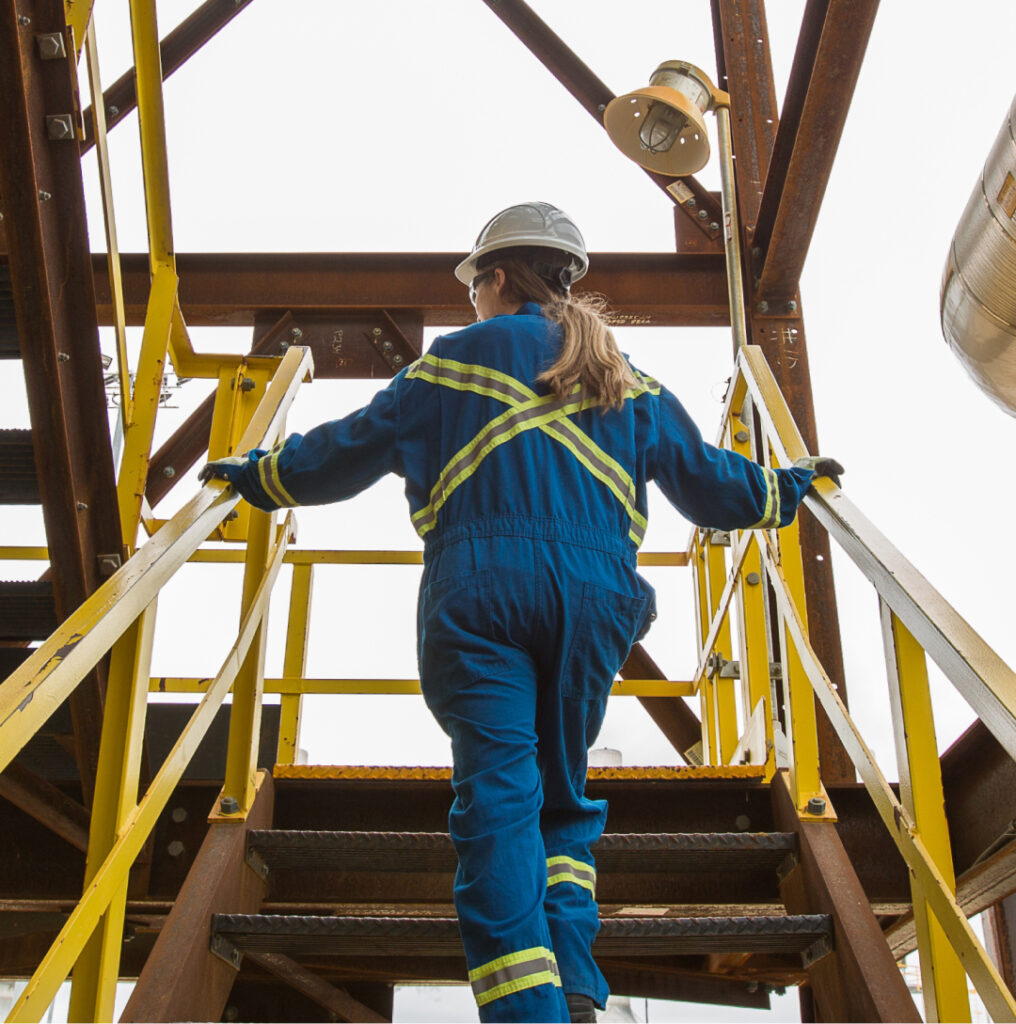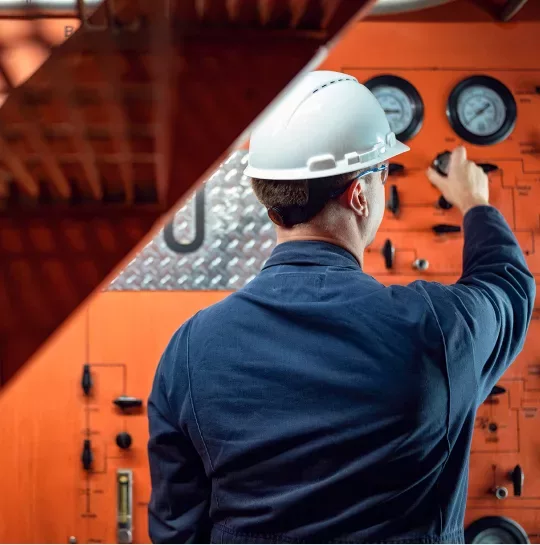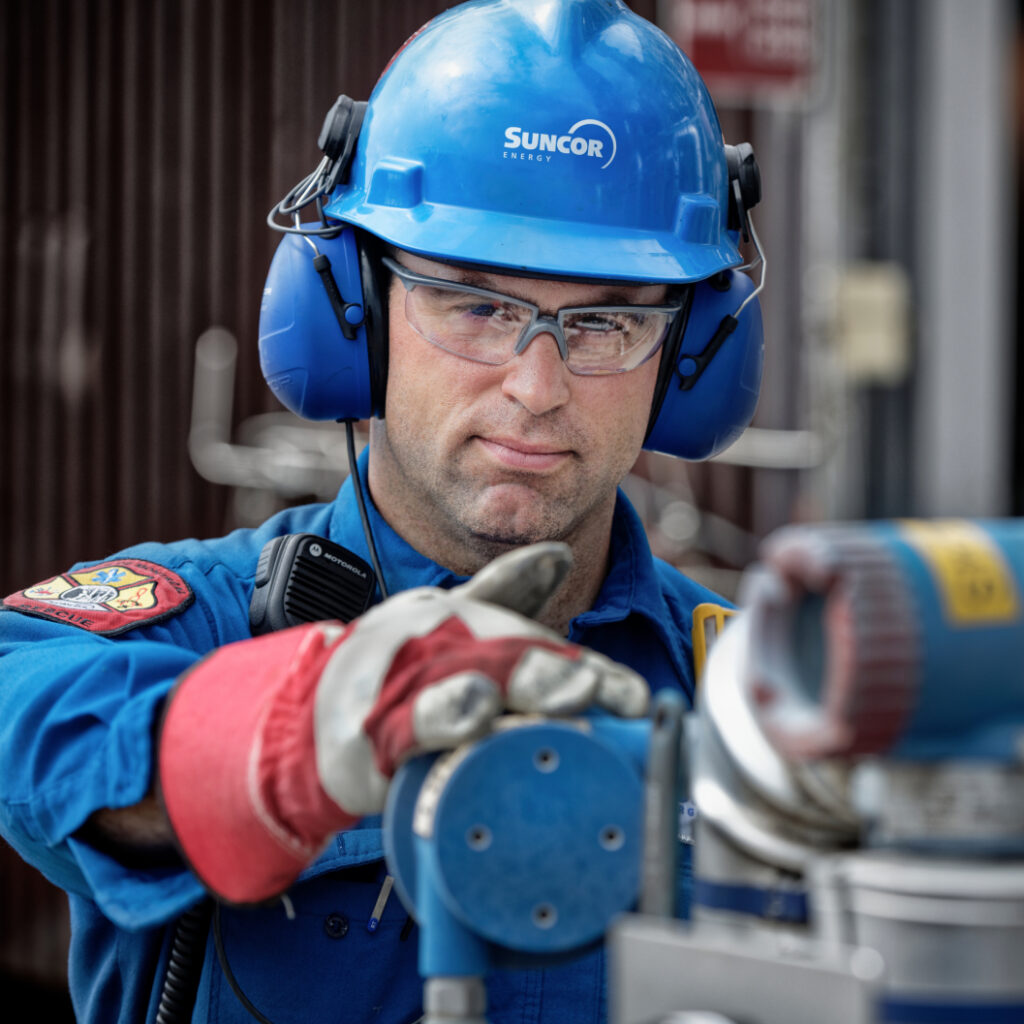A three-phased approach
We’re working with the federal and Alberta governments to achieve our goal of reducing emissions from oil sands operations.*
Meeting this challenge helps Canada’s oil sands to continue supporting the world’s energy needs while contributing to Canada’s economy
*Excludes consumer emissions from using petroleum products and other indirect emissions. Financial support, regulatory approvals and advances in technology are critical to achieve this goal.

Phase 1 goal
Progress our proposed foundational project and other key technologies.

Phase 1
2021-2030
Phase one focuses on building a proposed carbon capture and storage (CCS) network in northeastern Alberta. Through government collaboration and a planned $16.5-billion co-investment, the network could capture 10 to 12 million tonnes of CO₂ each year.
We’ve completed 12 feasibility studies at oil sands facilities. Engineering work and environmental field programs are underway. We’re also investing another $7.6 billion in new and existing technology, research and ongoing energy-efficiency projects.

Phase 2
2031-2040
Phase two focuses on expanding the proposed CCS network to potentially include more than 20 oil sands facilities. We plan to use new and emerging technologies to improve our processes and increase carbon capture. We would also invest in more research and development for alternative power sources. This includes potentially using hydrogen, more electrification and small modular reactors.

Phase 3
2041-2050
The final phase would explore and develop existing and emerging tech, including direct air capture. We would also implement CCS technology for any remaining sites and continue improving processes.
If other technologies like hydrogen or small modular reactors are successful, we would explore potential deployment in the oil sands.
Did you know?
Construction on the proposed CCS project would support the following direct, indirect and induced economic activity:
$13.3B in GDP
$10.3B in labour income
Over 100,000 full-time jobs (between 15,000 and 35,000 annually)
Source: Economic impacts of the Pathways Alliance Carbon Capture and Storage Project. Nichols Applied Management Inc. April 2023.
Technology investments
Leading-edge technology is one of the most important tools we have to reduce emissions on a global scale and Pathways Alliance companies have a long track record of world-class research and development investments to build upon. Engineers and scientists from Pathways and its member companies are studying and advancing several technology initiatives including:
- Next-generation carbon capture.
- Replacing coke-fired boilers with significantly lower-emission cogeneration units.
- Other bitumen-extraction methods, including enhanced use of solvents.
- Assessing the viability of small modular nuclear reactors—a safe, versatile, scalable technology.
That’s just the beginning. Our teams are also exploring other technologies. That includes applying high-temperature, reverse-osmosis membrane technology that could reduce emissions by producing water that doesn’t need constant heating and cooling.

We’re accelerating tech that transforms CO₂ into usable products through the Alberta Carbon Conversion Technology Centre (ACCTC) and Canada’s Oil Sands Innovation Alliance (COSIA).